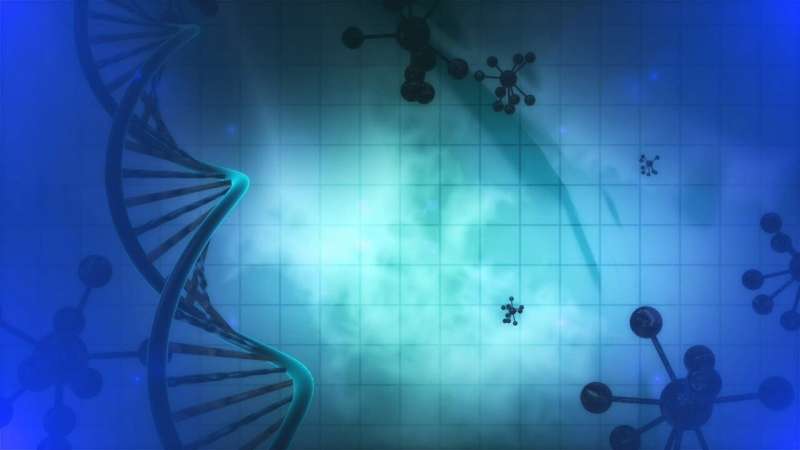The birth of a bacterial tRNA gene

Translation is the process by which genetic information is converted into proteins, the workhorses of the cell. Small molecules called transfer RNAs (tRNAs) play a crucial role in translation; they are the adapter molecules that match codons (the building blocks of genetic information) with amino acids (the building blocks of proteins). Organisms carry many types of tRNAs, each encoded by one or more genes (the tRNA gene set).
Broadly speaking, the function of the tRNA gene set—to translate 61 types of codons into 20 different kinds of amino acids—is conserved across organisms. Nevertheless, tRNA gene set composition can vary considerably between organisms. How and why these differences arise has been a question of long-standing interest among scientists.
Evolution of a bacterial tRNA set in the lab
Jenna Gallie (Research Group Leader at the Max Planck Institute for Evolutionary Biology) and her team have investigated how the tRNA gene set of the bacterium Pseudomonas fluorescens can evolve, using a combination of mathematical modeling and lab-based experiments.
"We started by removing one type of tRNA from the bacterium's genome, resulting in a bacterial strain that grows slowly. We gave this slow-growing strain the opportunity to improve its growth during a real-time evolution experiment. We saw the strain improve repeatedly and rapidly. The improvement was due to the duplication of large chunks of bacterial genetic information, with each duplication containing a compensatory tRNA gene. Ultimately, the elimination of one tRNA type was compensated by an increase in the amount of a second, different tRNA type," Gallie said. The duplicated tRNA type can compensate because it is able to perform, at a lower rate, the codon-amino acid matching function of the eliminated tRNA type.
The first direct observation of tRNA gene duplication
Comparisons of tRNA genes in related genomes have previously provided evidence for the duplication of some tRNA genes throughout evolutionary history. The experiments described here provide direct, empirical evidence that tRNA gene sets can evolve through duplication events.
More information: Gökçe B Ayan et al, The birth of a bacterial tRNA gene by large-scale, tandem duplication events, eLife (2020). DOI: 10.7554/eLife.57947
Journal information: eLife
Provided by Max Planck Society





















